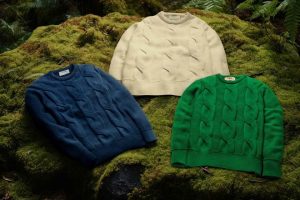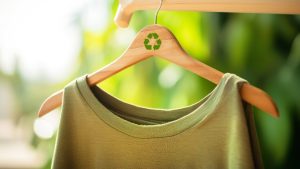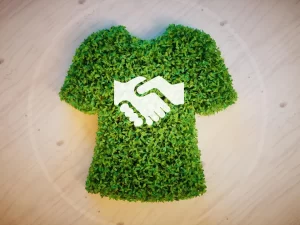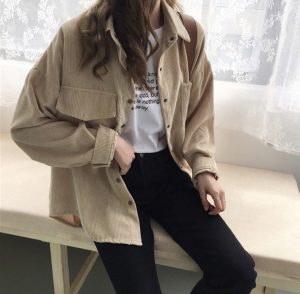“From Farm to Fabric: The Journey of Eco-Friendly Textiles”
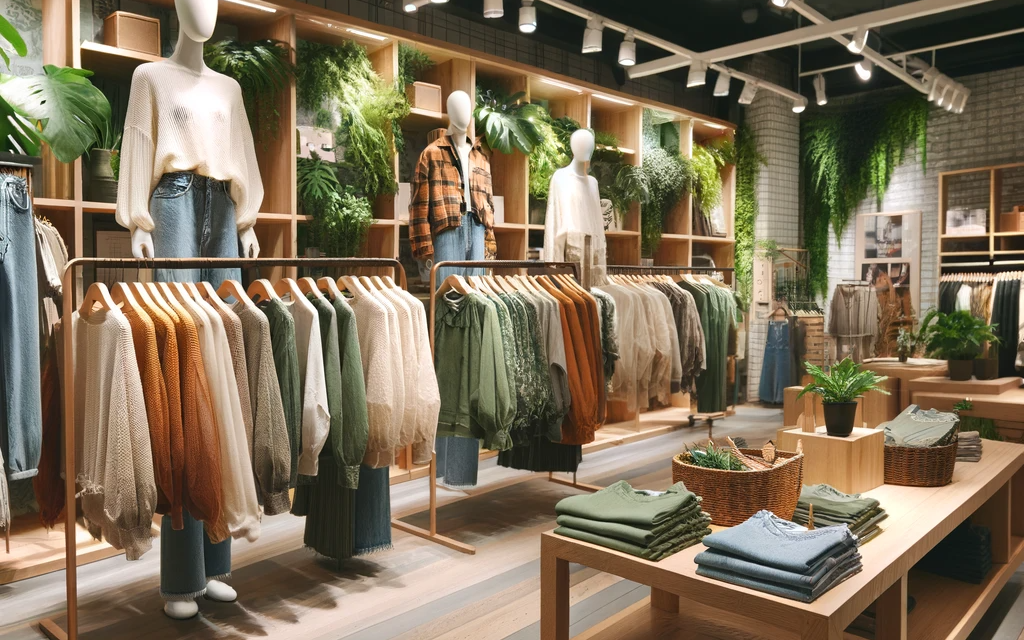
Title: From Farm to Fabric: The Journey of Eco-Friendly Textiles
Introduction:
In today’s increasingly eco-conscious world, the textile industry is undergoing a significant transformation towards sustainability. From organic cotton to recycled polyester, eco-friendly textiles are gaining popularity among consumers who prioritize environmental stewardship and ethical production practices. In this article, we’ll explore the journey of eco-friendly textiles, from their origins on the farm to their transformation into sustainable fabrics that contribute to a more sustainable and ethical fashion industry.
1. Cultivation of Sustainable Fibers:
The journey of eco-friendly textiles begins with the cultivation of sustainable fibers on the farm. Organic cotton, for example, is grown without the use of synthetic pesticides or fertilizers, promoting soil health and biodiversity while reducing environmental impact. Similarly, hemp and linen are cultivated using minimal water and pesticides, making them more environmentally friendly alternatives to conventional fibers. By prioritizing sustainable farming practices, farmers can produce fibers that are not only better for the planet but also safer for consumers and workers.
2. Harvesting and Processing:
Once the sustainable fibers are grown, they are harvested and processed into raw materials for textile production. In the case of organic cotton, the cotton bolls are harvested by hand or machine and then undergo ginning to remove the seeds and separate the fibers. Hemp and linen fibers are extracted from the plant stalks through a process called retting, which breaks down the natural bonds between the fibers and the plant material. These raw materials are then cleaned, spun into yarn, and prepared for weaving or knitting into fabric.
3. Manufacturing of Eco-Friendly Fabrics:
The next step in the journey of eco-friendly textiles is the manufacturing of sustainable fabrics. Organic cotton yarn, hemp fibers, and linen yarn are woven or knitted into a variety of fabrics, including jersey, twill, canvas, and denim. Recycled polyester is produced by melting down post-consumer plastic bottles and spinning the fibers into yarn, which can then be woven or knitted into fabric. Tencel®, another eco-friendly fabric, is made from wood pulp harvested from responsibly managed forests and processed into a soft and breathable fabric using a closed-loop production process.
4. Dyeing and Finishing:
Dyeing and finishing are critical steps in the textile manufacturing process that can have significant environmental impacts if not managed responsibly. Eco-friendly textile manufacturers use low-impact or natural dyes derived from plants, minerals, or other renewable sources, minimizing the use of harmful chemicals and reducing water consumption and pollution. Finishing processes, such as softening and shrinkage control, are also carried out using eco-friendly techniques that prioritize resource efficiency and waste reduction.
5. Distribution and Retail:
Once the eco-friendly textiles are produced, they are distributed to retailers and brands committed to sustainability and ethical production practices. These brands often prioritize transparency in their supply chains, providing information about the origins of their materials and the manufacturing processes used to create their products. Eco-friendly textiles are then incorporated into a wide range of apparel and accessories, including clothing, footwear, bags, and home textiles, offering consumers a variety of options for making more sustainable choices in their everyday lives.
Conclusion:
From farm to fabric, the journey of eco-friendly textiles encompasses a range of sustainable practices and ethical principles that prioritize environmental stewardship, social responsibility, and consumer health and safety. By supporting brands and products that use eco-friendly textiles, consumers can contribute to a more sustainable and ethical fashion industry while enjoying stylish and high-quality apparel and accessories. As awareness of environmental and social issues continues to grow, the demand for eco-friendly textiles is expected to increase, driving positive change throughout the textile industry and beyond.
